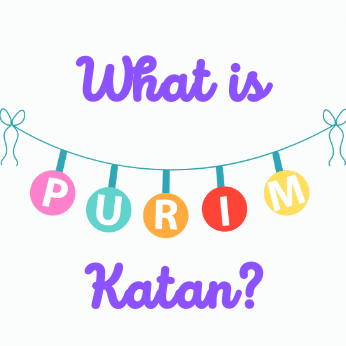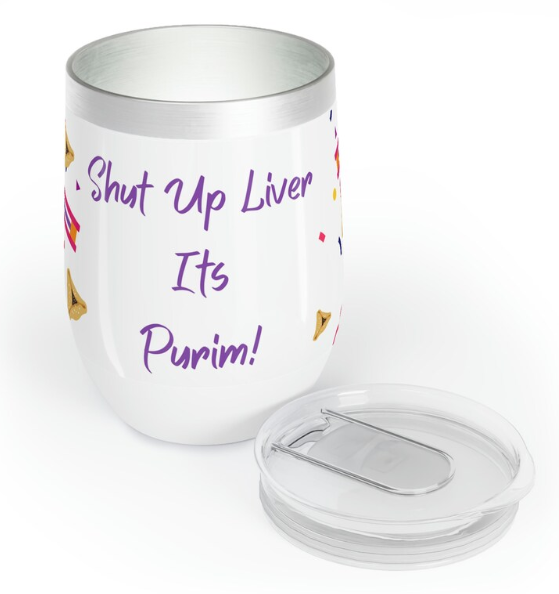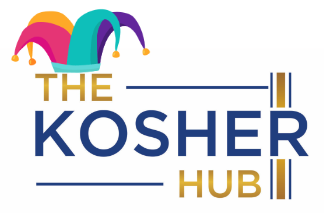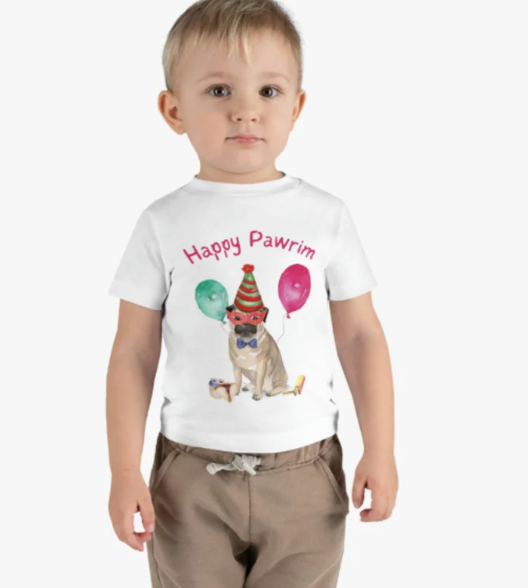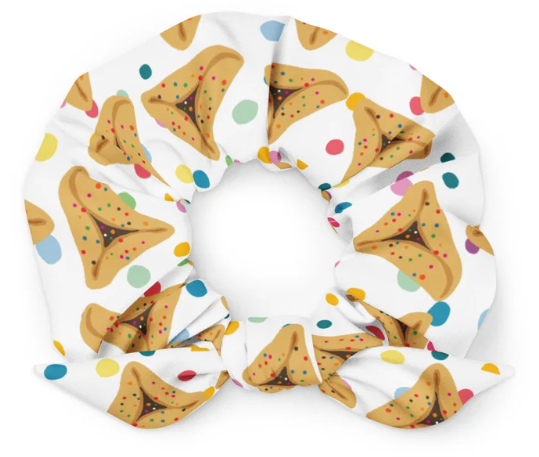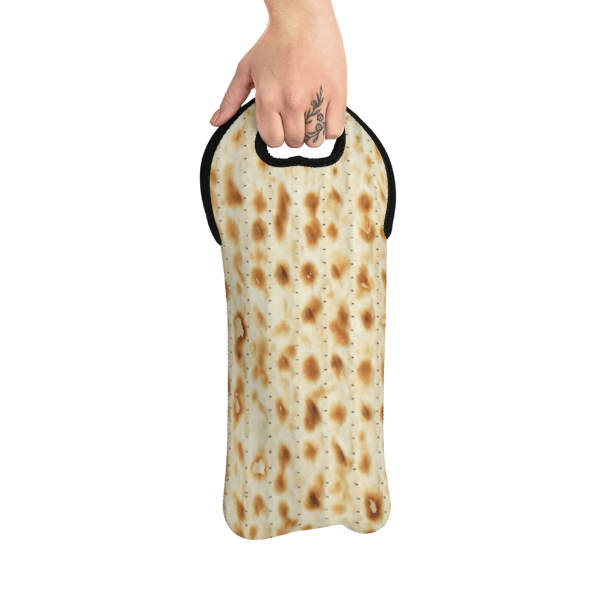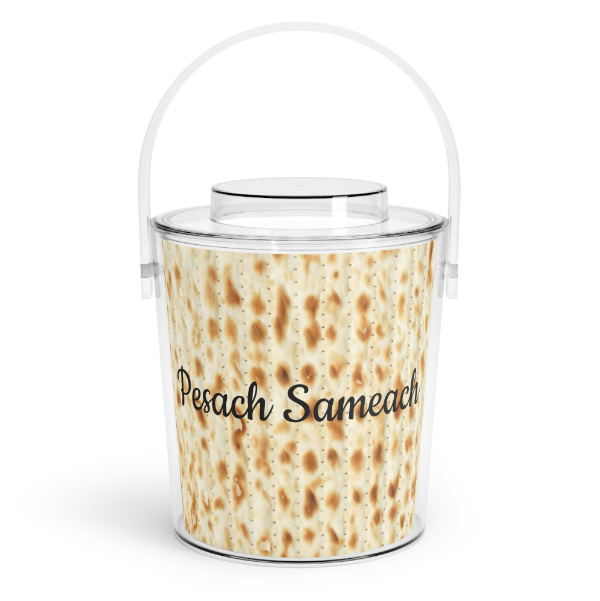Purim Katan, also known as “Little Purim,” is a minor holiday in the Jewish calendar that is celebrated on the 14th of Adar I, which is the month that precedes the month of Adar (when Purim is celebrated).
Here are 5-10 things that people do on Purim Katan:
Read the Megillah – Some people read the Book of Esther, also known as the Megillah, on Purim Katan to commemorate the events that led to the Purim holiday.
Give Charity – It is customary to give charity on Purim Katan, just like on Purim. Many people give money to the poor or to charitable organizations.
Have a festive meal – Some people have a festive meal on Purim Katan, with traditional Purim foods like hamantaschen.
Fast – Some people observe a fast on Purim Katan to mark the occasion.
Say special prayers – Some communities have special prayers or hymns that are recited on Purim Katan.
Learn Torah – It is common to study Torah on Purim Katan, as it is considered to be a time of increased spiritual elevation.
Give Mishloach Manot – Some people give Mishloach Manot, or Purim gift baskets, to friends and family on Purim Katan as a way of spreading joy and goodwill.
Dress up in costumes – While not as common as on Purim itself, some people do dress up in costumes on Purim Katan, especially children.
Plant trees – In Israel, it is traditional to plant trees on Purim Katan, as it is a time of renewal and growth.
Reflect on the meaning of Purim – Purim Katan is a time to reflect on the lessons of the Purim story and how they apply to our lives today. It is a time to contemplate the themes of courage, faith, and redemption that are central to the Purim narrative.
Not all Jewish communities celebrate Purim Katan. In fact, it is considered a minor holiday and is not widely observed in many Jewish communities. Some Orthodox Jewish communities do observe Purim Katan, but it is not mandatory, and the level of observance varies from community to community.
In contrast, Purim, which is celebrated on the 14th of Adar (or the 15th of Adar in certain places), is a major holiday and is widely celebrated by Jewish communities around the world.
The holiday of Purim Katan
It is not mentioned in the Torah or Jewish Bible, as it was established at a later time by Jewish sages. It is believed to have originated during the period of the Mishnah and Talmud, which are rabbinic texts that were compiled in the first few centuries CE.
The exact origins of Purim Katan are not clear, but it is believed to have been established as a way of extending the joy and celebration of the holiday of Purim. The Talmud mentions a dispute among the rabbis about whether Purim Katan should be observed at all, with some arguing that it should be celebrated as a full-fledged holiday, while others suggested that it should be observed only with minor acts of rejoicing. Ultimately, the custom of celebrating Purim Katan with various customs and practices became widespread in Jewish communities, particularly in certain Orthodox and Hasidic communities.
What is Shushan Purim and how is it different than Purim katan?
Shushan Purim is another holiday that is related to Purim. It is celebrated on the 15th of Adar, one day after the holiday of Purim itself.
The origins of Shushan Purim are rooted in the story of Purim, which tells of how the Jews in Persia were saved from a decree of annihilation that was issued by the wicked Haman. The holiday of Purim is celebrated on the 14th of Adar, the day that the Jews in the walled city of Shushan, the capital of Persia, were granted an extra day to defend themselves against their enemies.
In practical terms, this means that there are different observances for Purim and Shushan Purim. For example:
Megillah Reading: The Megillah is read on the 14th of Adar in most places, but in walled cities (like Shushan) it is read on the 15th of Adar.
Giving gifts: It is traditional to give gifts of food to friends and family on Purim, but in walled cities, this custom is observed on Shushan Purim instead.
3. Festive meals: Many people have festive meals on both Purim and Shushan Purim, but some Orthodox and Hasidic Jews have a more elaborate meal on Shushan Purim, which is sometimes referred to as the “Purim Seudah Sheni” or “second Purim feast.”
4. Drinking wine: On Purim, it is traditional to drink wine until one can no longer distinguish between “cursed be Haman” and “blessed be Mordechai,” but on Shushan Purim, some Orthodox and Hasidic Jews continue this custom and drink wine until they can no longer distinguish between the two.
In summary, Shushan Purim is celebrated one day after Purim and has some distinct customs and practices, while Purim Katan is a minor holiday that is observed on a different day entirely, and with its own unique customs and practices.

